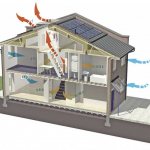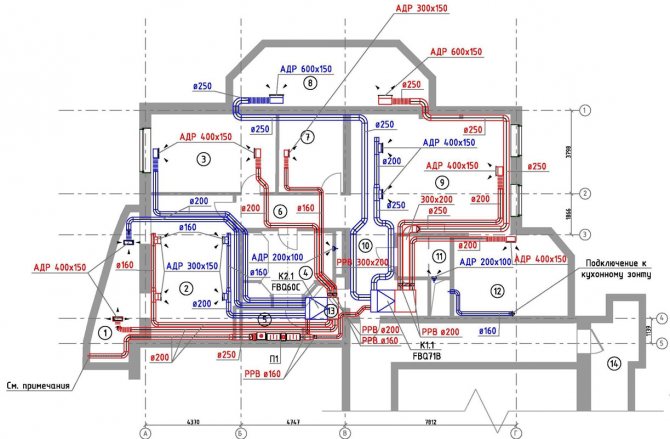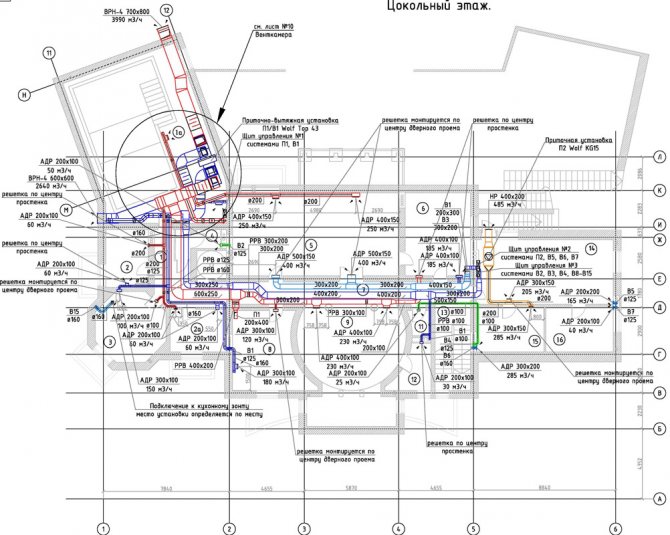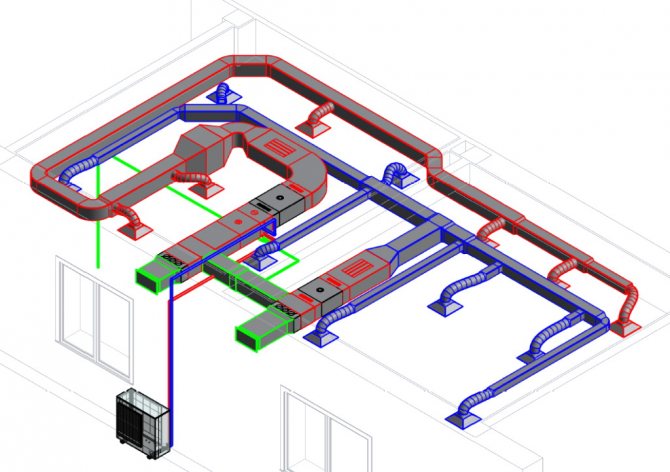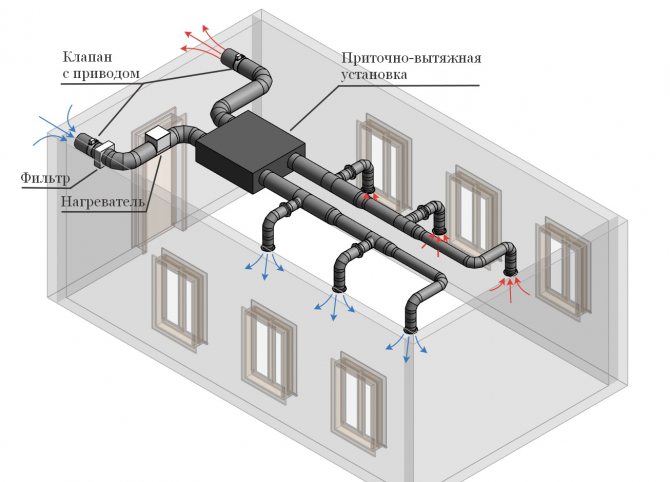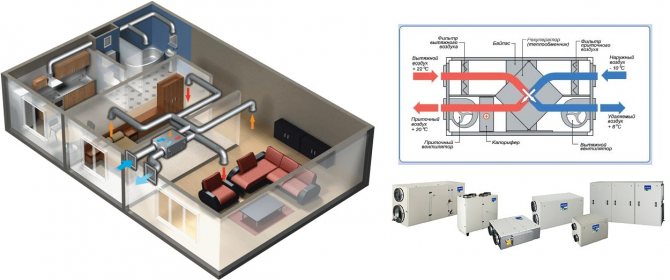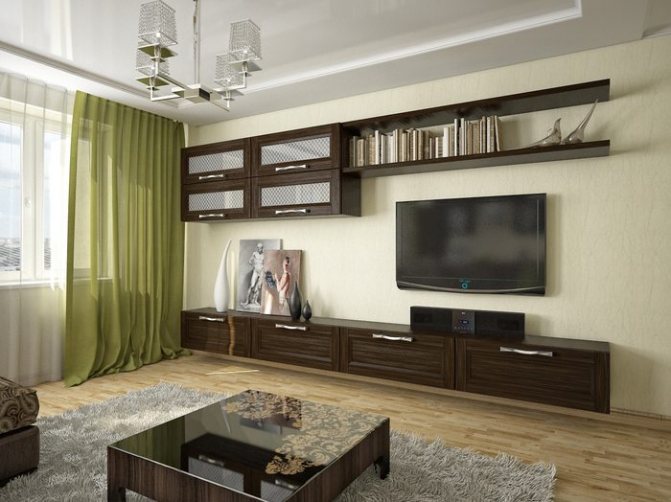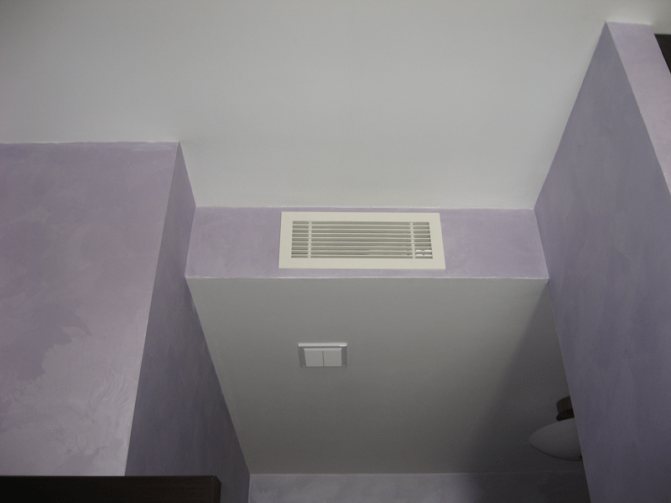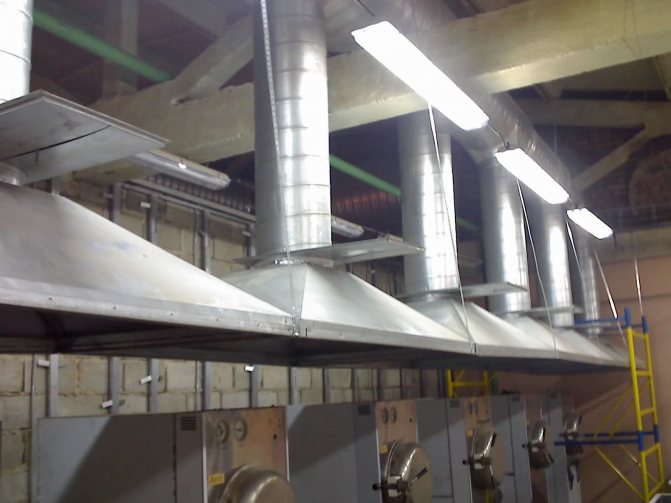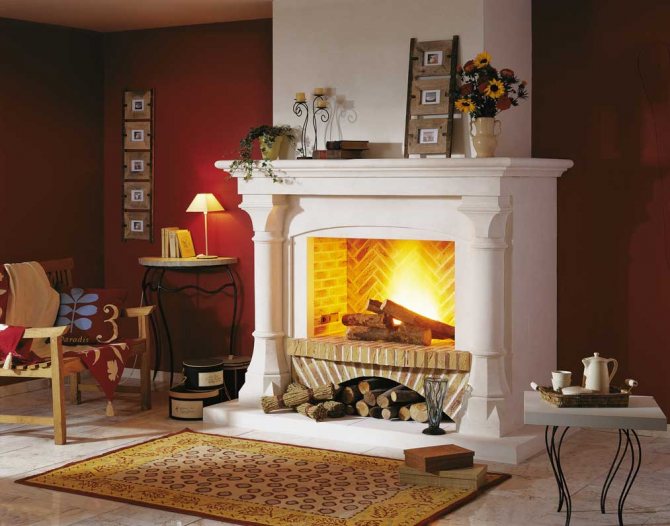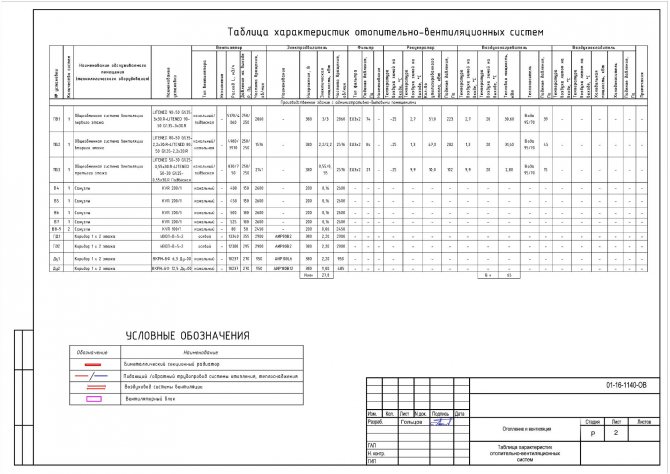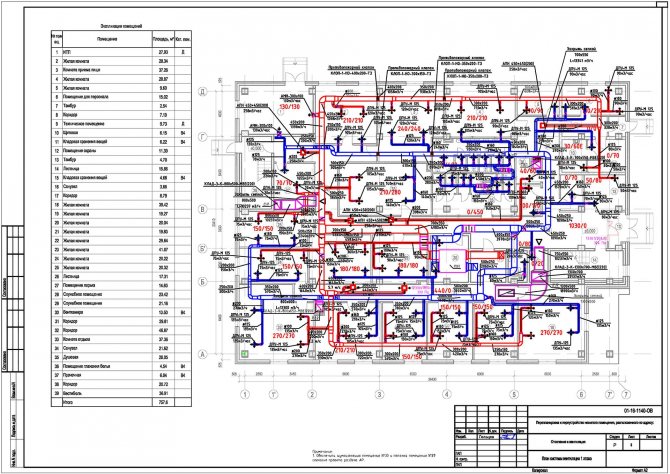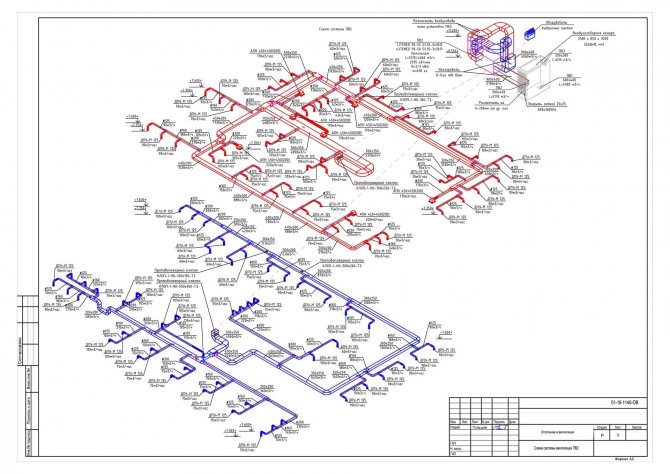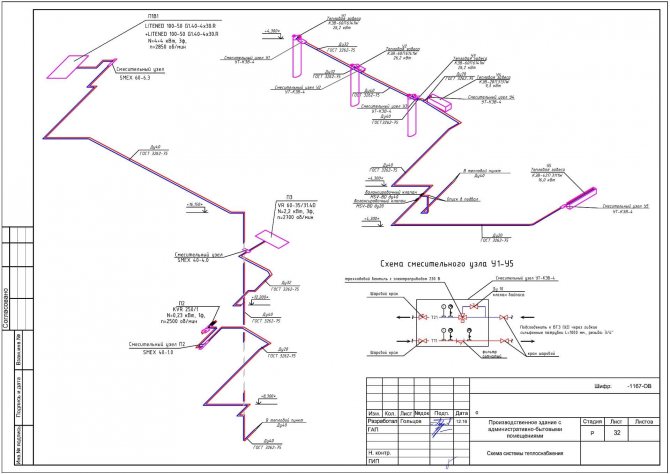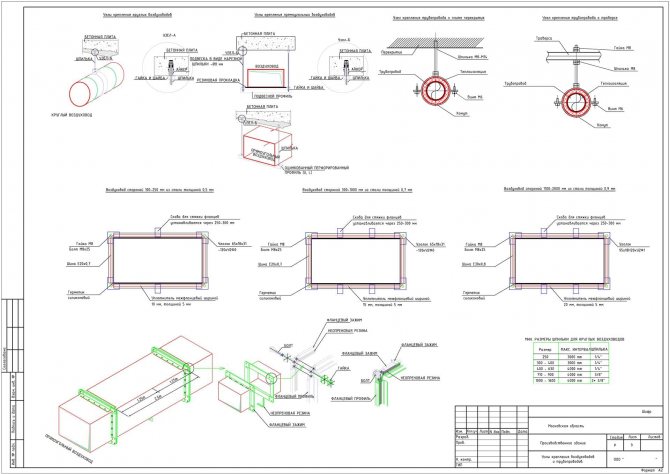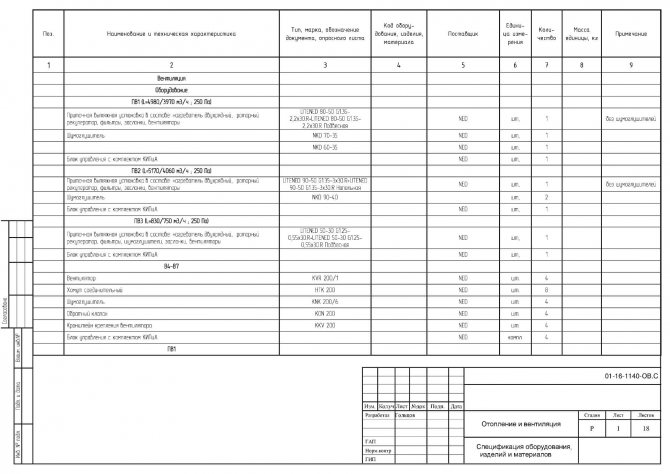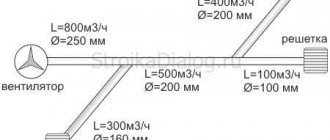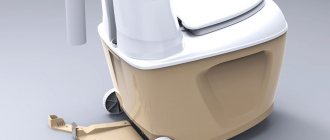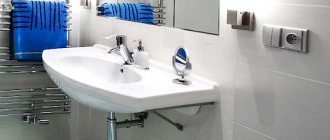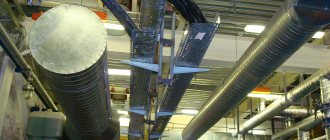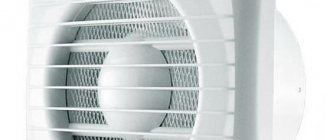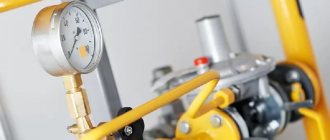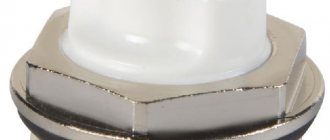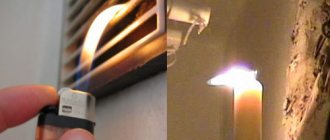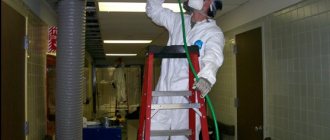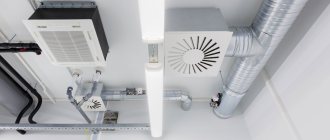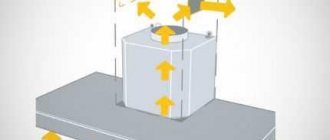Back to full version
Comparison of goods:
clear
Engineering systems ›Ventilation
Dear Clients!
We work in compliance with the norms. We are waiting for your applications! Our contacts
- Price
ventilation system design - Ventilation design software
- Ventilation design tutorials
- Industrial ventilation design
- Ventilation design for an industrial building
- Smoke ventilation design
- Ventilation technical documentation
- Examples of projects
- Design stages
- Promotions
and Discounts - What will you get as a result of the design
- Design time
- Data provided by the customer
- Design features
- Norms
ventilation design (SNiP, GOST)
To receive a commercial offer
, send a request by email or call +7 (495) 745-01-41
Design at EuroHolod is:
- Cost optimization
- Energy efficiency
- Qualification
- A complex approach
- Equipment selection: optimally selected characteristics of ventilation units and not the most expensive brand of the manufacturer in the price-quality ratio, significantly reduce the cost of equipment and do not affect the required parameters.
- Duct optimization: correctly calculated and optimally located air duct routes reduce the required volume of metal products, therefore, costs are reduced.
- Preventing rework: you will not need to change architectural and engineering solutions for related communications that do not require ventilation systems at the design stage, which will save you from unnecessary expenses for alterations, modifications and replacement of equipment.
- Possibly significant reduce operating costs electricity and hot water, taking this into account in the design of ventilation and air conditioning systems.
- For this, systems with heat recovery, recirculation of supply air and equipment with optimal energy consumption are used.
- Practical experience: our designers have not only theoretical knowledge, but also experience in the management of objects and delivery to government services.
- Ready-made solutions from 2 days: plans for premises within 2000 m2 will be ready within 2 - 5 days, depending on the complexity of the object.
- Finalization of the project for free: in most cases, the project needs to be finalized due to changes in architectural, design and technological solutions.
- All the necessary documents are available: certificates of the project SRO and ISO-9001, the license of the Ministry of Emergency Situations, etc.
- We have a lot of completed projects and real customer reviews.
- We design a complex solution in which all sections of engineering systems agreed between themselves.
- EuroCold also organizes selection of equipment, installation and further service.
- We guarantee quality of our services and carry them out in a short time.
- All are counted wishes the customer and the necessary edits are made.
- Air conditioning installation cost
- Ventilation installation cost
Organization of ventilation in a private house
Before proceeding with the installation of ventilation in the house, it is necessary to study the advantages and disadvantages of various systems.
The advantages of the natural system include the following:
- installation of additional equipment is not required;
- no breakdowns, no need for maintenance;
- combination with an air conditioner.
The disadvantage is the lack of the ability to control and speed up the process, as well as the need for the presence of wind to function.
Mechanical system advantages:
- work does not depend on weather conditions;
- cleaning, heating, cooling air;
- control of the amount of processed air.
Disadvantages are high installation costs and the need for constant inspection and maintenance.
The choice of ventilation system will depend on whether the house is inertial or inertialess.
Inertia is the property of a house to maintain a given temperature for a certain time. The higher the degree of inertia, the longer the house remains warm when the heating is off. The inertialess house cools down almost immediately.
Inertial houses take a long time to warm up, as they accumulate and store heat. Therefore, in this case, it is better to use natural ventilation, since the circulation of air from the outside will not affect the rapid cooling or heating.
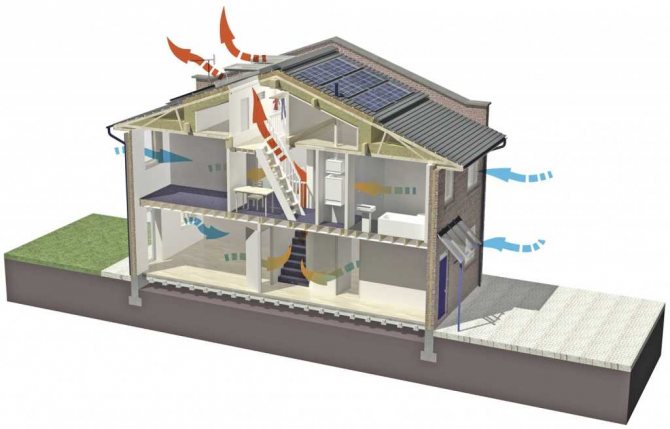
In inertialess houses, it is better to install a mechanical system, since it will be necessary to quickly either heat or cool the room.
In private houses, it should be borne in mind that the ventilation device for each individual type of room is different from each other.
In living rooms, it is important to ensure the flow of air by opening windows and vents, installing air valves or through slots. Outflow occurs through exhaust vents in bathrooms, bathrooms and kitchens.
In the kitchen, the inflow is provided by windows and adjacent rooms, the outflow is provided by built-in hoods. The same situation is with bathrooms, toilets, laundry and ironing rooms.
Garages, basements, boiler rooms, that is, places with an increased likelihood of accumulation of harmful toxic substances, must be equipped with a supply and exhaust ventilation system. It is necessary to install two pipes with access to the street. Fresh air will flow through one, the other draws out the processed one. The pipes should be located at different ends of the room. This is taken into account when designing ventilation in a private house.
Design stages
- The design of the ventilation system begins with the preparation of the technical specification, in which the customer specifies the characteristics of the object and the requirements for the final result.
- Study of technical documentation for the serviced object and (if the object is ready) measurement work.
- Selection of the preferred type of ventilation.
- Calculation of air exchange in accordance with the methods and SNiPs in force on the territory of the Russian Federation.
- Selection of ventilation system equipment (fans, air ducts, air diffusers, etc.).
- Aerodynamic and acoustic calculations.
- Final arrangement of ventilation units and air duct routes.
- Drawing up plans, drawings, estimates for installation.
- Project approval.
Promotions and Discounts
When carrying out an integrated design in:
- We provide discount on the total cost of complex design subject to the design of 3 or more sections
- We provide delivery discount equipment and materials
- We carry out management briefing mounted systems
- We offer a free one-time service (subject to the implementation of a turnkey project - design, delivery, installation)
Our company together with integrated design provides additional services:
- Providing estimates and equipment selection sheets based on project documentation
- Development of engineering documentation for the tender... We will help you choose the most suitable solution for you.
- Development of measures to ensure compliance with energy efficiency requirements, drawing up energy passport
- Selection and delivery equipment and materials
- Carrying out installation works
- Carrying out service
- Re-selection equipment
Design time
The timing of the design depends on the completeness of the information provided by the customer, the accuracy of the technical assignment, the degree of readiness of the facility (reconstruction or new construction), coordination of design solutions with the designer, architect and other related engineering design sections. Estimated terms:
| Object area | Timing | |
| Stage "P" | Stage "R" | |
| Up to 300 m2 | from 7 working days | from 7 working days |
| 300-600 m2 | from 10 working days | from 15 working days |
| 600-1000 m2 | from 20 working days | from 25 working days |
| 1000-2000 m2 | from 30 working days | from 40 working days |
| Over 2000 m2 | Determined individually | |
Design features
To create a comfortable microclimate, it is necessary to determine and balance many parameters:
- the power and performance of the fans, the pressure they create, taking into account the dynamic resistance of the ventilation ducts;
- section of ventilation pipelines and their layout, taking into account building structures, location of ventilation and other equipment;
- location of exhaust and air supply points;
- composition and placement of air conditioning equipment;
- composition of monitoring and control devices, their location, connection;
- measures to reduce the noise level produced by the operating equipment, including that propagated through the air ducts.
Signs of a high-quality ventilation project can be considered:
- air circulation is established in all rooms
- silent operation of equipment and air ducts
- no drafts and cold zones
- use of energy saving technologies
- easy adaptation of the system to warm and cold seasons
By ordering a professional design of ventilation now, in the future you will be able to avoid many problems, such as: violation of the aesthetics of the interior, noise, high energy consumption, decrease in system performance.
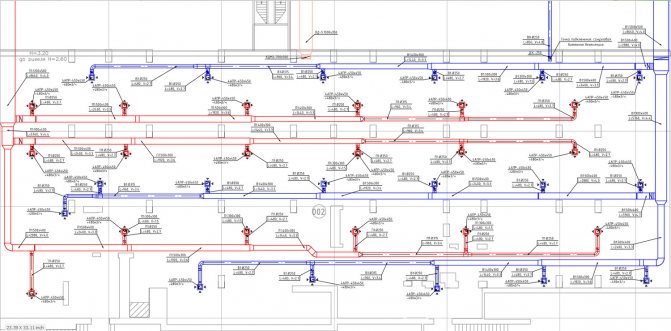

A professional project provides for the smallest nuances of object operation and creates optimal conditions for people living or economic activity.
The ventilation system design is created at the early stages of the construction of the facility - as part of the general design work. It must take into account the requirements of fire safety and sanitary standards, and also harmoniously fit into the overall architectural composition. Timely creation of a ventilation project will allow you to create the most efficient system with minimal costs for equipment and communications.
Composition of the ventilation project
The main set includes general information on the drawings with an indication of the list of working diagrams and plans, as well as a list of attached calculations, technical documents and links to certain sources. Provides a list of sets of executive drawings.
General guidelines include a list of grounds for drawing up documentation, for example, a project assignment, a feasibility study, approved justifications for investments in the construction of simple structures. The description contains building rules and regulations that must be followed.
Initial data
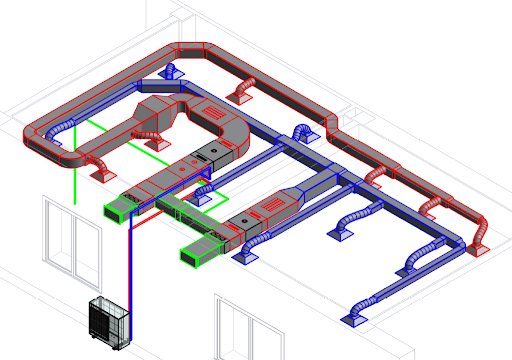

Ventilation project for a private house: initial data - number of rooms
The design takes place on the basis of an engineering assignment, architectural schemes and a design project of the building. The project is being coordinated with state supervision and control bodies, builders and other services.
The initial information includes information:
- location and adjacent buildings;
- climatic data of the region, temperature, wind speed;
- information about the operation of the building (work schedule, finding tenants).
A constructive description of the building and its location relative to the cardinal points are given. A list of premises is given in the form of a table, indicating the volume and area of the floor.
The grafical part
Drawings are developed at the stage of detailed design and, in addition to the main set, include a detailing of intersections and nodes of the main equipment with a drawing of the piping of devices. The primary supply and removal equipment is presented in the drawings in the form of a structural image.
The equipment for the end of the ventilation caps on the roof is shown schematically. The drawings contain tables showing the dimensions of the ventilation ducts, and the areas for preventive maintenance. Special notes are written on each drawing.
Descriptive part
The explanatory note provides information on the energy consumption and power of the electric fan and other equipment. The characteristics and properties of the ventilation system are described, for example, dimensions, shape of pipelines, energy consumption.
A table of indicators for calculating the main line for rooms is compiled, and the basics of designing automatic modules for system control are given. Equipment specifications are added, ventilation line diagrams are inserted in perspective view.
The explanatory part contains information about the required certificates and licenses for work, coordination of the ventilation plan with architects, designers and constructors.
Ventilation design standards (SNiPs, GOST)
The design of ventilation systems is carried out in accordance with SNiP 41-01-2003 and SP 60.13330.2012. At the heart of any project is a careful calculation of system performance. Depending on the purpose of the room, air exchange can be calculated in volumetric values (m3 / h) or the frequency of complete air replacement. The performance of the entire ventilation system is determined by the performance of the supply ventilation.
For residential premises, the required volume of supply air is usually determined at the rate of 60m3 / hour per person. For the bedroom, this figure can be reduced to 30m3 / hour, since during sleep, oxygen consumption is significantly reduced. The simplest formula for calculating ventilation capacity by volume is as follows:
V = N * Vn, where:
V - ventilation capacity in m3,
N is the maximum number of people in the room,
Vn is a correction factor that determines the volume of air consumption by one person, depending on the type of room. SNiP 41-01-2003 contains tabular values:
| Object type | Naturally ventilated | Without natural ventilation |
| Manufacturing, industrial facilities | 30 | 60 |
| Public, administrative, municipal buildings (full time) | 40 | 60 |
| Public, administrative, municipal buildings (attendance - no more than 2 hours daily) | 40 | 20 |
| Living quarters, area for 1 person more than 20 m2 | 30 | 60 |
| Living quarters, area for 1 person less than 20 m2 | 3 m3 for each m2 of living space | 60 |
This table shows the calculation of ventilation based on human factors only. At production facilities, the volume of required air exchange can be influenced by:
- the nature of the technological process,
- Type of equipment,
- presence of additional sources of pollution.
When calculating ventilation performance for health care facilities, education, public catering, the supply air rate must be calculated in accordance with the requirements of the profile ND.
Air exchange is calculated individually for each room, then the numbers are summed up and rounded up - this will be the required ventilation power.
Taking into account all additional factors (household appliances, heaters, pets, etc.), the ventilation performance of residential buildings is:
- Apartments and small private houses - from 100 to 500 m3 / h
- Cottages, townhouses, small hotels - from 500 to 1000 m3 / h
- Apartment buildings, hotels, sanatoriums - from 1000 to 10000 m3 / h
Another popular method for calculating ventilation systems is multiple.The supply air volume is calculated according to the formula
V = n * Vп, where:
Vп - the volume of the room,
n is the rate of air exchange, it is:
- bathrooms - 7
- kitchens - from 5 to 10
- office premises - 3
- residential buildings - 2
The group is ready to implement complex solutions for the arrangement of internal engineering systems and building networks. We provide a guarantee for the equipment purchased from us and all installation work!
We are waiting for your call by phone: +7(495) 745-01-41
Our email
About us, Reviews, Our objects, Contacts
See further
- Ventilation
- Ventilation system design prices
- Ventilation design software
- Ventilation design tutorials
- Industrial ventilation design
Ventilation calculation method
There are various methods for calculating ventilation - calculating air exchange for people, calculating air exchange for heat surpluses, calculating air exchange for hazards. The calculation of air exchange for people is used in most cases and assumes the supply of a given volume of air to each person in the room. Each permanent workplace is provided with 60 m3 / h, and for each visitor, 20 m3 / h is provided. If we are talking about a gym, swimming pool, fitness center or dance hall, then 80 m3 / h of fresh air is laid for each athlete. Calculation of air exchange by heat surplus is used in rooms with a large number of people (for example, concert halls, cinemas, indoor stadiums, discos) or in production rooms with technological equipment that emit a significant amount of heat. The required supply air flow rate in this case is determined by the formula: L = Q / (0.335 of the removed air in the room (° С). The calculation of air exchange in terms of hazards is relevant for production sites with emissions of harmful substances. Calculation of air exchange is made on the basis of ensuring the concentration of each of the harmful substances within the maximum permissible concentration (MPC). The MPC values for each of the harmful substances are taken in accordance with the Hygienic Norms GN 2.2.5.1313-03 "Maximum permissible concentrations (MPC) of harmful substances in the air of the working area". In some cases, several factors act in the room at once - people, harm, and heat. In this case, each of the calculations is performed separately and the largest of the obtained air flows is selected.
To the table of contents

